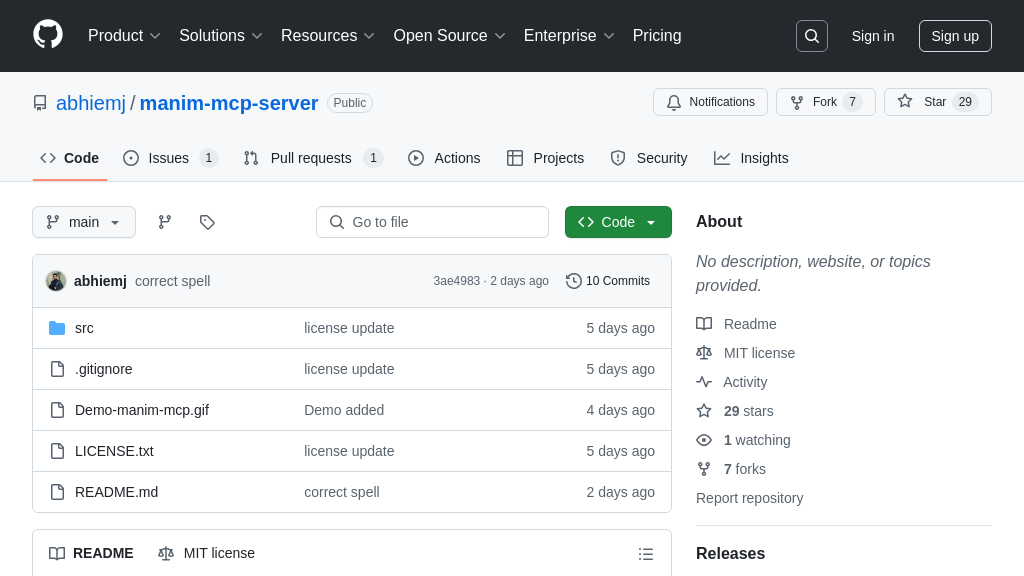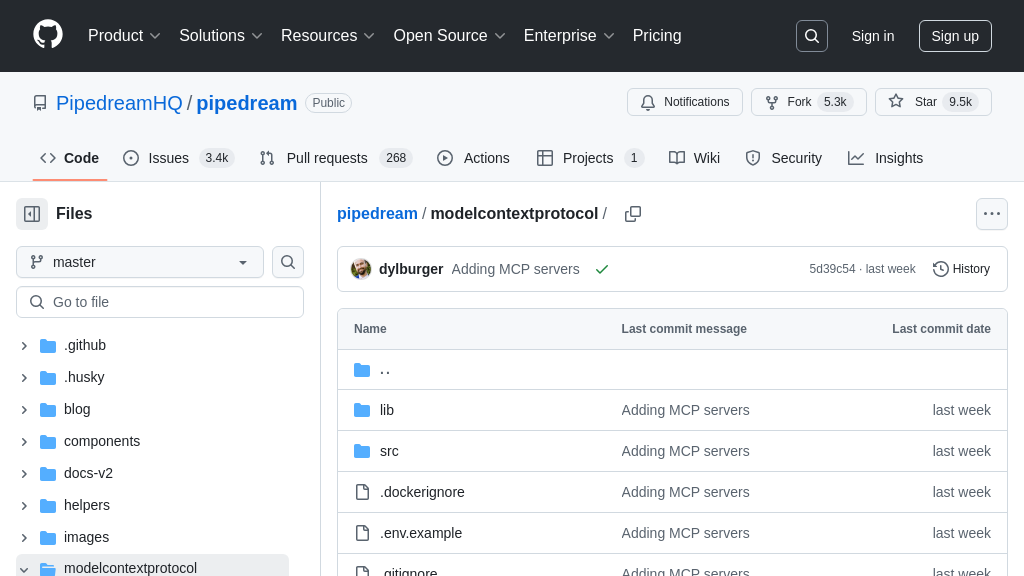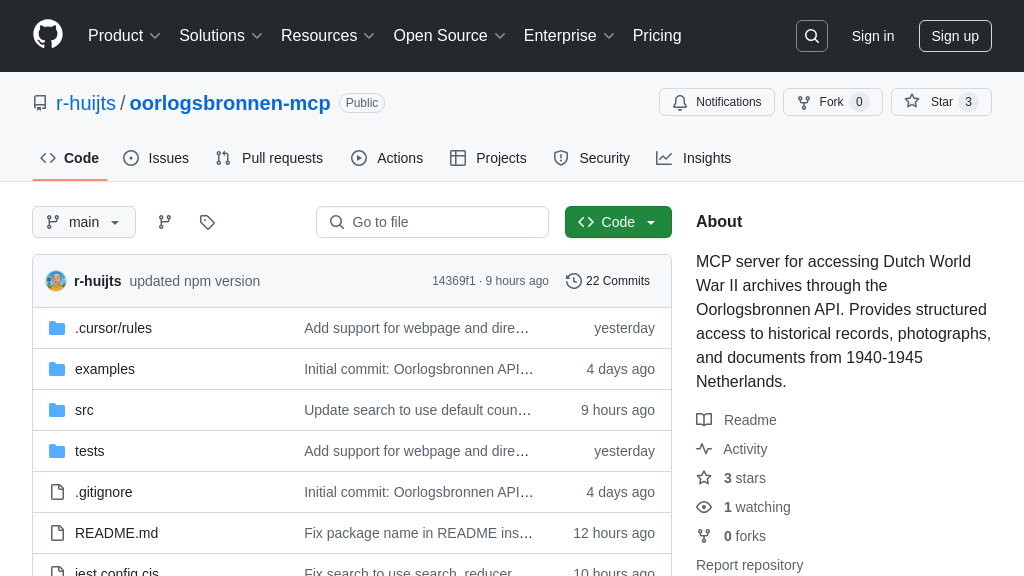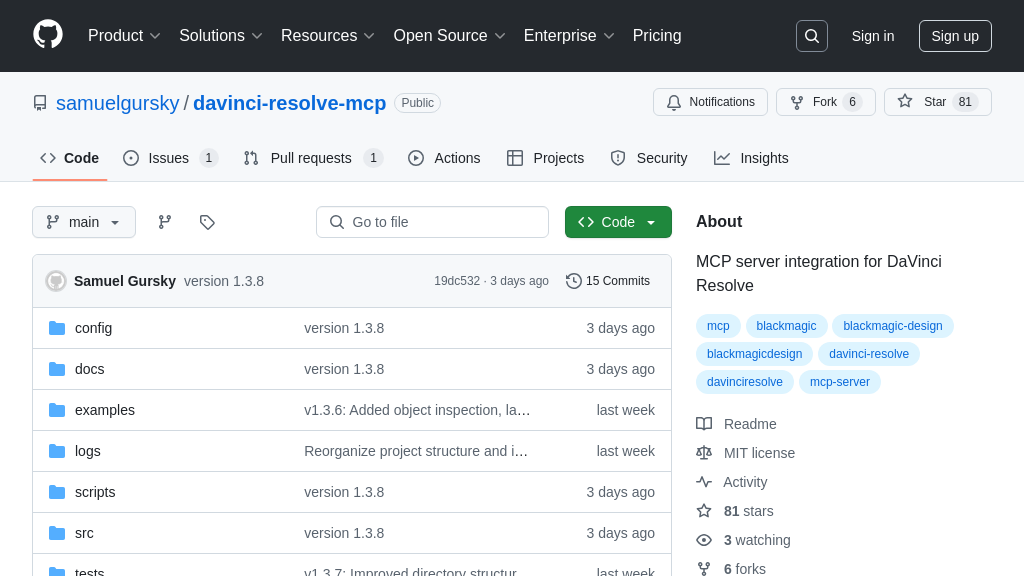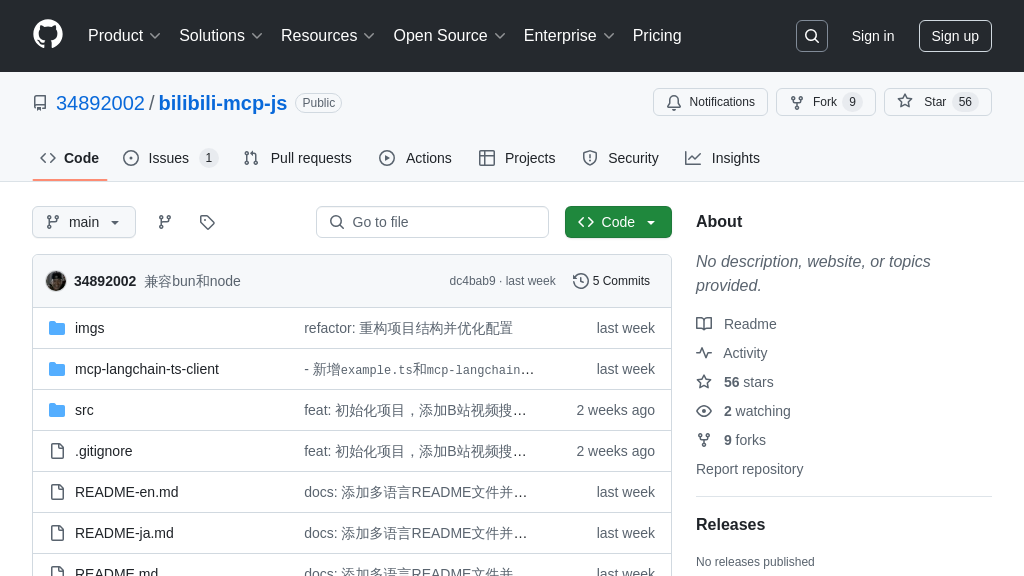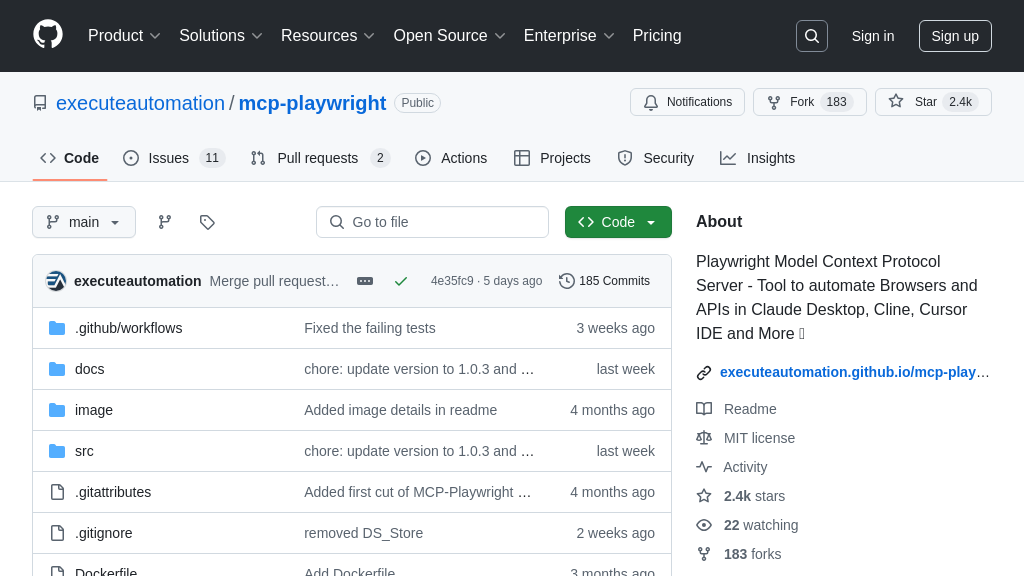mcp-server-flipt
Flipt MCP Server: Empowering AI to dynamically manage feature flags via the Model Context Protocol.
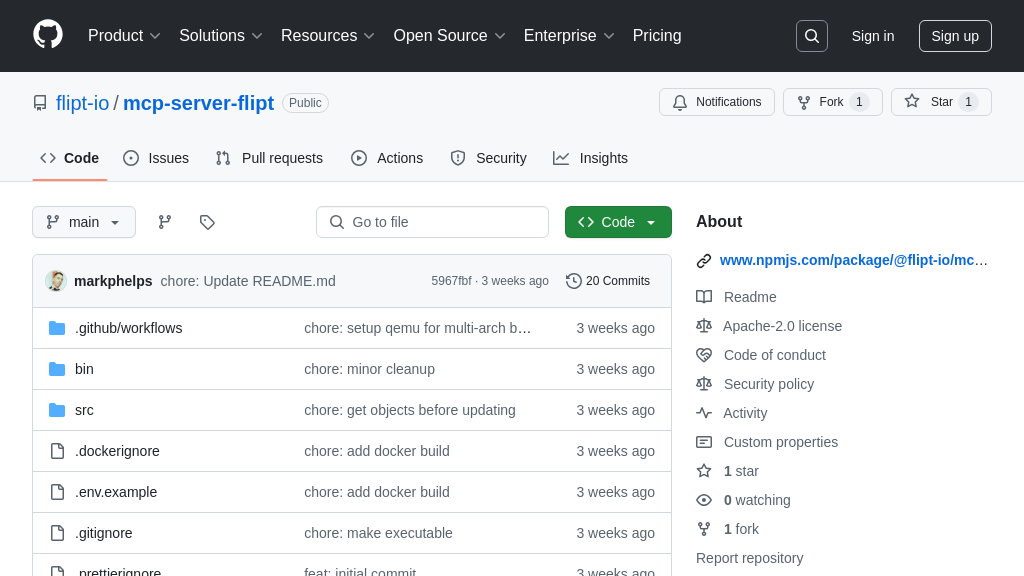
mcp-server-flipt Solution Overview
The Flipt MCP Server is a crucial component in the MCP ecosystem, acting as a bridge between AI models and the Flipt feature flag platform. This server empowers AI assistants to dynamically interact with and control feature flags within Flipt. By using standard input/output (stdio) for MCP communication, the server allows AI models to list, create, update, and delete namespaces, flags, segments, and rules within Flipt.
The core value lies in enabling AI-driven dynamic feature management and A/B testing. Developers can leverage this server to build AI assistants that can intelligently evaluate flags for specific entities, toggle flags on or off, and manage constraints, variants, distributions, and rollouts. This seamless integration allows for real-time adjustments to application features based on AI insights, optimizing user experiences and driving data-informed decisions. The Flipt MCP Server enhances AI model capabilities by providing a secure and standardized interface for feature flag manipulation.
mcp-server-flipt Key Capabilities
Dynamic Feature Flag Control
The Flipt MCP Server empowers AI assistants to dynamically manage and evaluate feature flags within the Flipt platform. This allows AI models to directly influence application behavior in real-time, enabling sophisticated A/B testing, personalized user experiences, and controlled feature rollouts. The server acts as an intermediary, translating AI requests into Flipt API calls, ensuring secure and authorized access to feature flag data. This capability is crucial for AI-driven applications that need to adapt their functionality based on real-time data and user feedback. For example, an AI-powered marketing tool could use this to test different promotional offers by toggling feature flags for specific user segments, optimizing campaign performance on the fly.
Real-time Flag Evaluation
The server provides the ability for AI models to evaluate feature flags for specific entities. This means an AI can determine which features are enabled or disabled for a particular user, device, or context. This is essential for creating personalized experiences and tailoring application behavior to individual needs. The evaluation process considers all relevant factors, including user segments, rules, and constraints defined within Flipt. This ensures that the AI receives accurate and up-to-date information about the feature flag status. Imagine an AI assistant that personalizes recommendations based on a user's feature flag settings, ensuring they only see features that are relevant and enabled for them.
Secure Flipt Interaction via MCP
By implementing the Model Context Protocol (MCP), the Flipt MCP Server ensures secure and standardized communication between AI models and the Flipt feature flag management system. The MCP protocol defines a clear interface for AI models to interact with external resources, preventing unauthorized access and ensuring data integrity. This is particularly important when dealing with sensitive feature flag data that can impact application behavior and user experience. The server handles authentication and authorization, ensuring that only authorized AI models can access and modify feature flags. This secure interaction allows developers to confidently integrate AI into their feature flag workflows, knowing that their data is protected.
Technical Implementation
The Flipt MCP Server utilizes STDIO for MCP communication, providing a simple and efficient transport mechanism. This allows for easy integration with AI models that support standard input/output streams. The server registers tools and prompts specifically designed for interacting with the Flipt API, providing a user-friendly interface for AI developers. The server is configurable via environment variables, allowing developers to easily customize the Flipt API URL and API key. This flexibility makes it easy to deploy and integrate the server into existing infrastructure.
